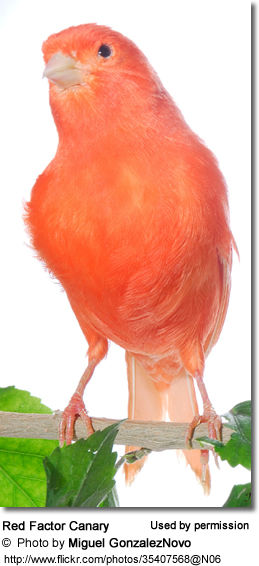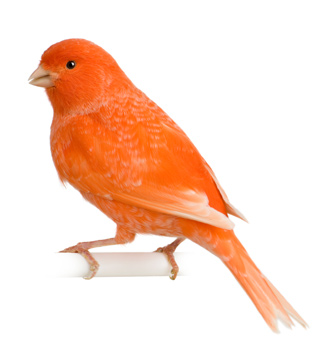
Sexually mature males can be identified by their melodious singing and territorial behavior. Even so, it is not uncommon for some birds to mature earlier (6 months) or later (up to 10 months). Glosters mature sexually after about 8 months from their date of hatching. This broad spectrum of colors is the direct result of variations in breeding. Gloster canaries come in a wide variety of color combinations, including: Gloster canaries also have an average wingspan of 7.8 to 9 inches (20 to 30 cm). On average, adult Gloster canary measures only about 4.5 inches (11.5 cm) and weighs between 12 and 29 grams. One of the main standout features of Gloster canaries is their short and stubby appearance.

Here is an overview of a Gloster canary’s appearance: Size While Gloster canaries are mainly known for their meme-worthy crest, they have various physical traits that set them apart from other canary varieties. So, they can be paired together without any adverse effects on the resulting offspring. Gloster consorts lack the gene that causes crested mutation. Instead, Gloster coronas are usually paired with consorts (plain heads). For this reason, Gloster canary breeders often avoid pairing two Gloster coronas together for breeding. Most birds that inherit crested genes from both parents die in their shells. If it inherits the crested gene from both parents, it will likely develop skull deformities. If a chick inherits the gene that causes crested mutation from one parent, it develops a crest. However, a double dose of the same gene can be fatal. The small crested canary provides the gene that gives Gloster coronas their iconic bowl-cut look.Ī dominant gene causes the crested mutation in Gloster canaries. Meanwhile, roller canaries are bred for their simple low-pitched songs. Instead, they’re a selectively bred variety derived from breeding the following:Īccording to Biological Sciences, border canaries are selectively bred for their plumage and complex songs. Gloster canaries don’t occur naturally in the wild. In most cases, their ailments result from poor nutrition and living conditions. Since they are selectively bred, Gloster canaries don’t suffer from many genetic deformities. However, if you give them adequate care, they can live up to 12 years. The average lifespan of a Gloster canary is about 7-10 years. While their singing is enjoyable to listen to, you’ll have to wait for your pet to mature before it develops its song. Gloster canaries aren’t very loud, making them ideal pets if you live in an apartment. Males are better singers than females and tend to vocalize more frequently, whereas females are quieter. So, if you’re planning on keeping multiple males, you should have separate cages for each.Īlthough not as prolific singers as other canary varieties, Gloster canaries can produce some of the most melodious and soothing sounds. Keeping more than one in a single cage might result in frequent fights. Nevertheless, Gloster canaries are active birds that love to play with toys and will keep their owners entertained for hours. However, they’re best kept as cage birds to watch and listen to.

Of course, experienced bird owners can also enjoy the even temperament.

This is why they make such great pet birds for beginners and children. So, they tend to be more docile and less prone to aggression or snappy behavior. Gloster canaries are selectively bred and don’t occur naturally in the wild. Apart from this obvious difference in appearance, the body types of these two birds are virtually identical. Gloster consorts don’t have a crest on their heads.

Gloster coronas sport the “bowl-cut” (crested) appearance due to the flat feathers that adorn the top of their heads. The two main types of Gloster canaries are as follows: The Gloster canary ( serinus canarius domesticus), or Gloster fancy canary, is a small songbird from Gloucester, England. 5.1 Related Posts: Gloster Canary Overview


 0 kommentar(er)
0 kommentar(er)
